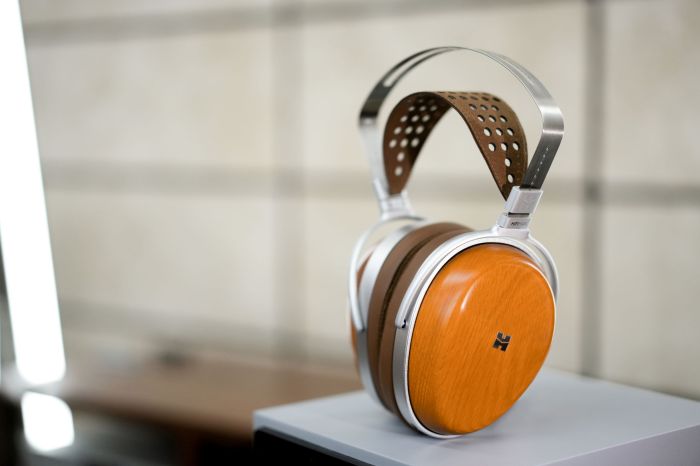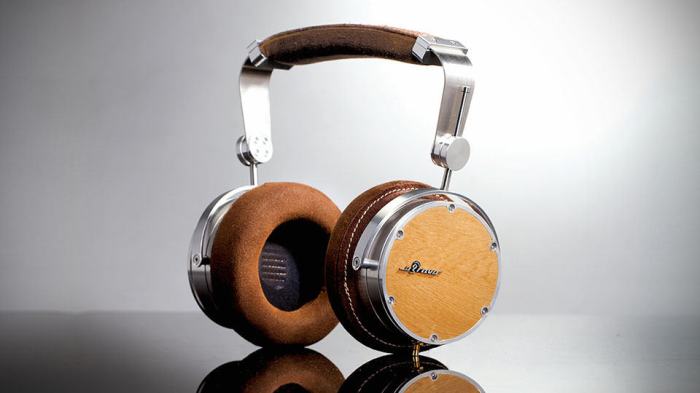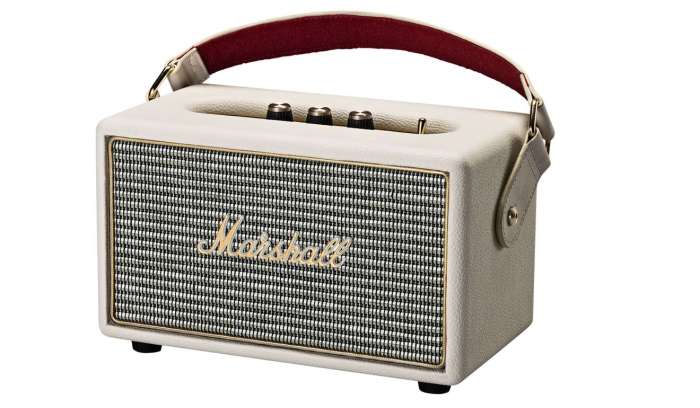High-performance audio gadgets for audiophiles represent a fascinating intersection of technology and artistry. These meticulously engineered devices cater to discerning listeners who demand exceptional sound quality and an immersive listening experience. From high-resolution headphones to sophisticated digital-to-analog converters (DACs), the world of audiophile equipment offers a diverse range of options, each designed to reproduce music with unparalleled fidelity and precision.
This exploration delves into the key features and benefits of these advanced audio tools, helping enthusiasts navigate the complexities of the market and make informed choices to enhance their musical enjoyment.
The world of high-fidelity audio is a captivating realm for audiophiles, those passionate individuals who relentlessly pursue the purest, most accurate sound reproduction possible. This pursuit often leads them to invest in high-performance audio gadgets, meticulously chosen components designed to elevate the listening experience to new heights. This detailed guide explores the diverse landscape of these gadgets, providing insights into their functionalities, key features, and considerations for discerning audiophiles.
Headphones: Immersive Personal Audio: High-performance Audio Gadgets For Audiophiles
High-end headphones represent a cornerstone of the audiophile experience, offering unparalleled intimacy and control over the listening environment. Several key factors differentiate high-performance headphones from their mass-market counterparts:
Driver Technology: The Heart of the Sound
The driver, the component responsible for converting electrical signals into sound waves, is paramount. Dynamic drivers, planar magnetic drivers, and electrostatic drivers each offer unique sonic characteristics. Dynamic drivers, the most common, are known for their robust bass response and overall versatility. Planar magnetic drivers, utilizing a thin diaphragm suspended between magnets, offer superior detail and transient response. Electrostatic drivers, employing an extremely thin diaphragm suspended between charged plates, deliver exceptional clarity and speed, albeit often at a higher price point and requiring specialized amplification.
Material Selection: Impact on Sound Quality
The materials used in headphone construction significantly impact sound quality and comfort. High-end headphones often incorporate premium materials like high-quality leather, memory foam earcups, and lightweight yet durable metals for optimal comfort and sound isolation. The choice of materials directly influences the headphone’s impedance, sensitivity, and overall sonic signature.
Noise Cancellation and Isolation: A Silent Symphony
For those seeking immersive listening experiences in noisy environments, noise-canceling technology is crucial. Active noise cancellation (ANC) utilizes microphones to detect ambient noise and generate opposing sound waves to neutralize it. Passive noise isolation, on the other hand, relies on the physical design of the headphones to block external sounds. High-performance headphones often incorporate a combination of both technologies for optimal noise reduction.

Portable Audio Players: On-the-Go Fidelity
For audiophiles who appreciate high-quality sound on the move, dedicated portable audio players are indispensable. These devices surpass the capabilities of smartphones and standard MP3 players by offering superior digital-to-analog conversion (DAC), higher bit-rate support, and advanced audio processing capabilities.
DAC and Amplification: The Core Components
The Digital-to-Analog Converter (DAC) is responsible for transforming digital audio files into analog signals that your headphones can interpret. High-end players feature high-resolution DACs capable of handling high-resolution audio formats like FLAC, WAV, and DSD. Amplification is crucial for driving demanding headphones, ensuring optimal volume and clarity, especially with high-impedance models.
Connectivity and Format Support: Seamless Playback
High-performance portable players typically offer a wide array of connectivity options, including balanced outputs for reduced noise and distortion, Bluetooth support with high-quality codecs like aptX HD and LDAC, and various memory card slots for extensive music storage. Support for a broad range of audio formats is also essential for playing back diverse music collections.
Speakers: The Foundation of Home Audio
For the home audiophile, a high-quality speaker system is the centerpiece of their listening setup. Factors to consider include speaker design, driver technology, and amplification.

Speaker Design: Choosing the Right Configuration
Speaker design significantly influences the soundstage, imaging, and overall sonic presentation. Tower speakers offer full-range sound and powerful bass response, while bookshelf speakers provide a more compact solution, often requiring a subwoofer for enhanced low-frequency reproduction. The placement of speakers within the listening room is crucial for optimal sound quality.
Amplification: Powering the Performance, High-performance audio gadgets for audiophiles
A suitable amplifier is essential for driving speakers to their full potential. Integrated amplifiers offer a convenient all-in-one solution, while separate pre-amplifiers and power amplifiers provide greater control and customization. The amplifier’s power output, impedance matching, and overall sonic characteristics should be carefully considered based on the speaker’s specifications.
Cables and Interconnects: The Unsung Heroes
Often overlooked, cables and interconnects play a critical role in preserving signal integrity and ensuring optimal sound quality. High-performance audio cables are meticulously designed to minimize signal loss and interference, resulting in a cleaner, more accurate sound.
Material and Construction: Impact on Signal Transmission
High-end audio cables often utilize high-purity copper or silver conductors, carefully shielded to reduce electromagnetic interference. The cable’s construction, including the dielectric material and connectors, further influences signal transmission quality.
Digital Audio Converters (DACs): Refining the Digital Signal
DACs are essential components in any high-fidelity audio setup. They translate digital audio data from sources like computers and streaming services into analog signals that can be amplified and played through speakers or headphones. High-end DACs offer superior bit depth and sampling rates, resulting in improved resolution, detail, and dynamic range.
Accessories: Enhancing the Listening Experience
Various accessories can further enhance the audiophile experience, including high-quality headphone stands, vibration-dampening platforms for speakers, and specialized cleaning solutions for maintaining equipment.
Frequently Asked Questions (FAQ)
- What is the difference between FLAC and MP3? FLAC (Free Lossless Audio Codec) is a lossless compression format, meaning it preserves all the original audio data. MP3 is a lossy compression format, which discards some data to reduce file size, resulting in lower audio quality.
- What is impedance in headphones? Impedance measures the resistance to the flow of electrical current in headphones. Higher impedance headphones require more powerful amplifiers.
- What is the importance of room acoustics? Room acoustics significantly impact the sound quality. Room treatment, such as acoustic panels and bass traps, can minimize unwanted reflections and improve sound clarity.
- How do I choose the right headphones for my needs? Consider your listening preferences, budget, and the type of music you listen to. Consider factors like driver type, comfort, and noise cancellation.
- What are the benefits of balanced audio? Balanced audio cables use two conductors to carry the audio signal, reducing noise and interference, resulting in a cleaner and more accurate sound.
Resources
Call to Action
Embark on your journey into the world of high-performance audio. Explore the diverse range of gadgets discussed in this guide and discover the listening experience that awaits. Start your search today and elevate your audio journey to new heights!
Frequently Asked Questions
What is the difference between open-back and closed-back headphones?

Open-back headphones offer a more spacious and natural soundstage, but leak sound. Closed-back headphones isolate sound better, but may have a less expansive sound.
How important is a good DAC for audio quality?
A high-quality DAC significantly improves sound quality by accurately converting digital audio signals to analog for your speakers or headphones. The difference can be substantial, especially with high-resolution audio files.
What is impedance, and why does it matter?
Impedance measures the resistance to electrical current. Headphones with higher impedance require more power from your source, while lower impedance headphones are generally easier to drive.
